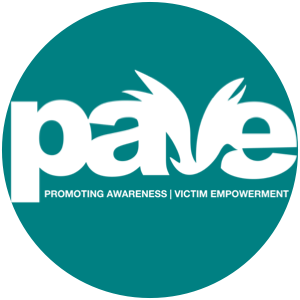Racial Disparities & National Attention - Intimate Partner Violence
The devastating case of Gabby Petito has called for all of America’s attention. The mystery of her whereabouts, and the search for her alleged assailant Brian Laundrie, has made national headlines. It brought all of America together to work through this case. These efforts have been bringing in answers and justice to Petito and her family, but unfortunately the same cannot be shared for many other victims of violence. White victims and survivors often receive media attention, while victims of color are left under the radar. Many families of color do not receive any closure or support for their loved ones. Thousands of Indigenous women go missing. In Wyoming, Indigenous people make up 3% of the population, yet they are 21% of homicide cases (NPR 2021). People of color are known to be susceptible to facing harm and violence, and not receive the same attention. In the same state where Petito was also found, only 18% of missing Indigenous cases are covered in the media (AP News 2021); for homicide, only 30% of Indigenous cases are covered (NPR 2021). Gabby Petito’s case reveals that there are racial disparities in media coverage and cases of violence. “‘What is communicated is that white lives matter more than people of color’”; it perpetuates the phenomenon of “missing white woman syndrome” (AP News 2021). It creates the narrative that it is tolerable for certain groups to face harm. Gabby Petito’s case reveals how much work needs to be done to better support and heal survivors of color.
Sexual violence is no exception to this pattern of racial disparity in crimes. Black women face the highest rates of intimate partner violence and are often arrested in cases of self-defense against IPV (Women of Color Network). 51% of Indigenous women in America have experienced IPV in their lifetime, according to the National Intimate Partner and Sexual Violence Survey. Yet, they often have the least access to resources, especially for Indigenous survivors living on reservations (Women of Color Network). One report on the investigations into sexual crimes by the Cleveland Police Department found that white survivors were the most likely to get their crimes investigated (The Plain Dealer, 2013). In one case, the Cleveland Police department closed investigations into the rape of one teenaged black girl within a matter of days (The Plain Dealer, 2013). The same perpetrator went on to rape four black girls, all under age 16, within a period of nine months (The Plain Dealer, 2013). Their refusal to fully investigate these cases gave perpetrators of sexual violence an open invitation to commit these crimes without consequence.
The reason that Cleveland Police now know that the same perpetrator committed 4 more crimes after their refusal to investigate the first was because of a national push to test the backlogs of rape kits sitting in storage in police departments nationwide (The Plain Dealer, 2013). These crimes were committed in 1993— it wasn’t until 2013 that the department finally tested the kits that were gathering dust in storage, seemingly only because of the public attention brought to this issue (The Plain Dealer, 2013). If there is one thing to be learned from both this case and the tragic murder of Gabby Petito— it is the power of national attention.
With racial disparities persisting in sexual and domestic violence, more support should be readily available to help victims and survivors. This involves better informing ourselves about the issues and harm that Indigenous and people of color face. Equipping ourselves with the social skills so survivors feel safe and supported in our communities. When capable, donating to GoFundMe and fundraisers of survivors, victims, and families of color. As simple as telling survivors and victims that you believe them, and standing in solidarity with them.
To all survivors, we believe you and are here for you. If you are in need of support or resources, please visit survivors.org.
Written By: Adyen Artica and Isabel Greenstein, PAVE’s Fall 2021 Outreach Interns
